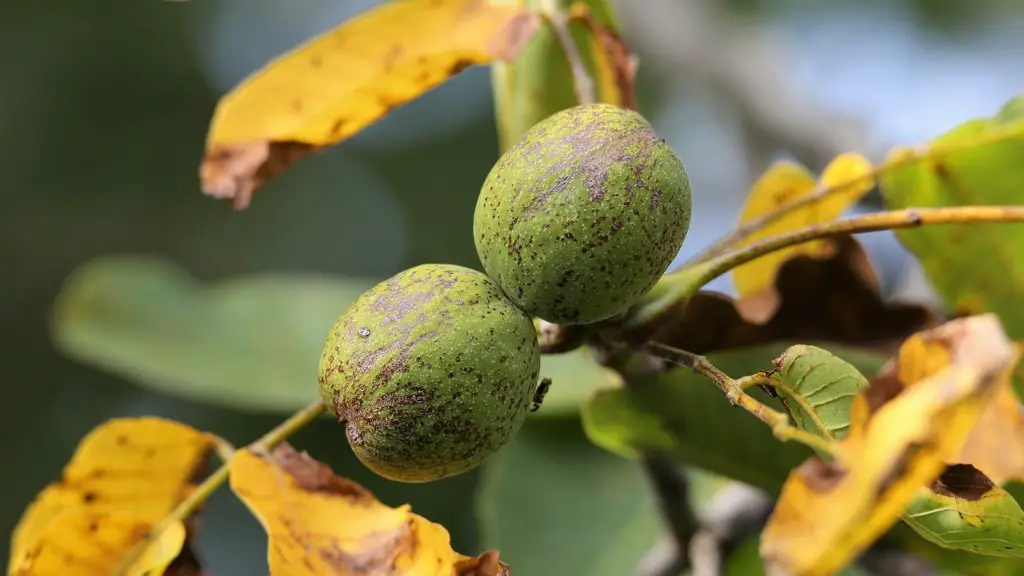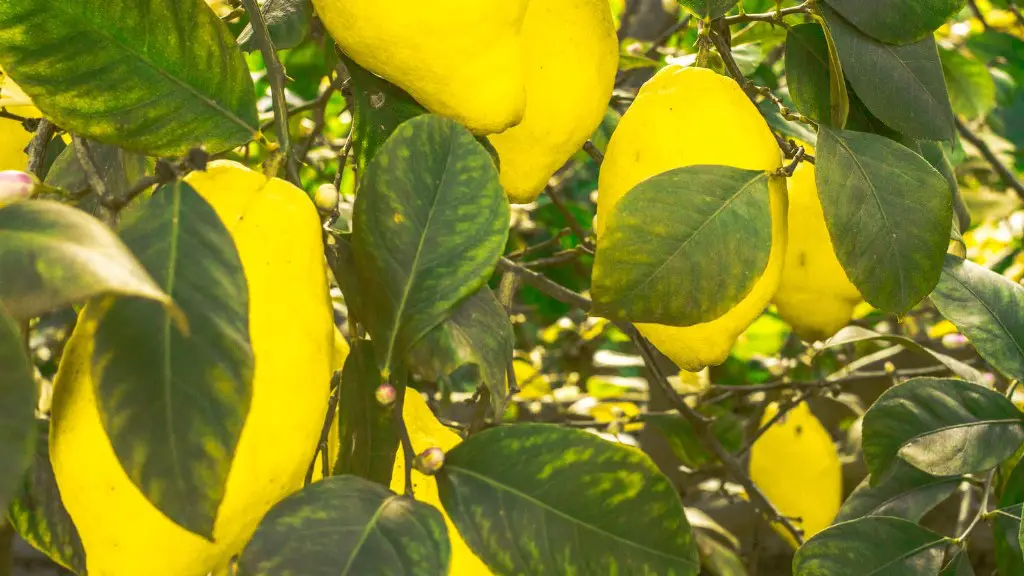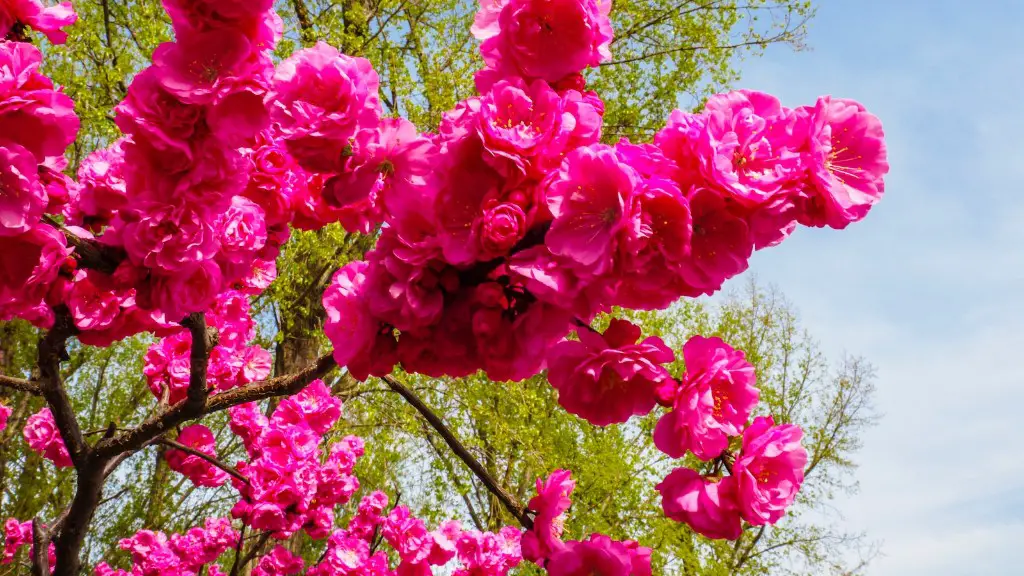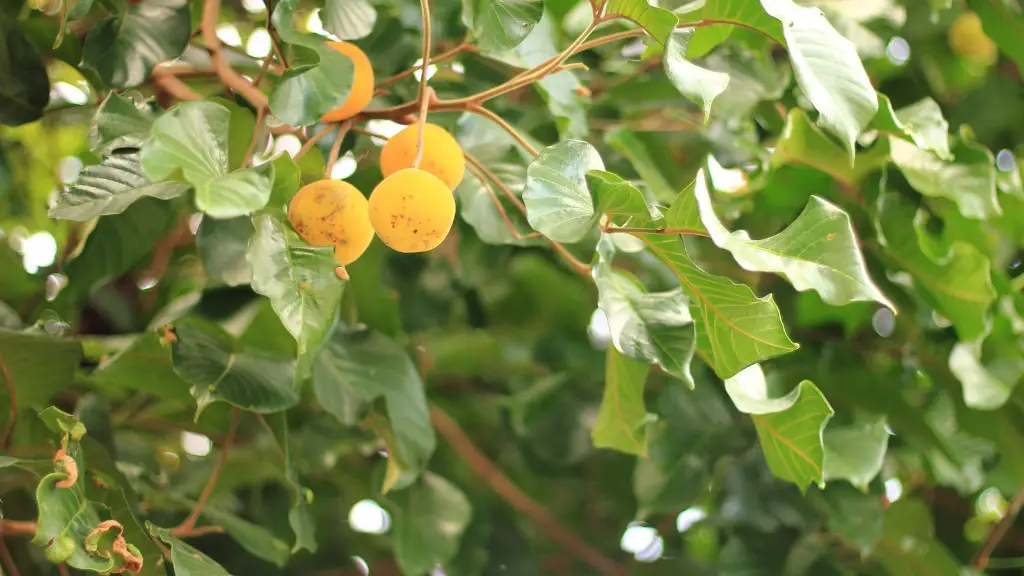Background
Avocado trees are a popular privilege that many people consider for their gardens. They look beautiful, can shade a patio, and provide a delicious crop, so it’s unsurprising that avocado trees often feature in our plant selections. But where’s the best place to plant your avocado tree? Let’s explore the different factors and look at what experts have to say.
Climate Types
The climate you live in can have a significant effect on how well your avocado tree grows, so it’s important to understand the different conditions required. Generally speaking, they will thrive in either a Mediterranean climate or subtropical climate. However, the specific conditions may vary depending on the avocado variety that is planted. For example, Guatemalan avocados need even warmer temperatures, often requiring temperatures of 24–30 °C for regular fruiting. On the other hand, Mexican avocados are known to cope in cooler temperatures, producing well in coastal areas with 18–24 °C. These and other cultivars will have specific needs that you should research before you purchase.
Soil and Positioning
Avocado trees are best planted in a sheltered, sunny spot in well-drained soil. If there are any particular soil deficiencies in your plot, be sure to amend with an organic compost before you plant your tree. It’s also important to position with future size in mind – as an example, some rootstocks can grow extremely tall and if these can’t be pruned it could create a safety hazard. Regularly pruning trees is a good way to keep trees at a manageable size and can also stimulate fruiting.
Water and Protection
Young avocado trees should be watered regularly; a good rule of thumb is around 3 gallons of water for trees planted in 25-46 litres of soil. Once your tree is a little older, however, you should be able to back off on the volume but still plan to water your tree every few weeks during warmer weather. Similarly, frost-protected areas are ideal for avocado trees so if you’re in a colder climate be sure to add some protecting around your tree.
Organic Management
Organic practices are important when caring for avocado trees, as they are weak against insect damage. Introduce predators, such as ladybugs, to your garden and use plant-derived sprays instead of chemicals. Additionally, working a cover crop like clover in and around the tree can help to lock in moisture while suppressing weeds and other types of competitors.
Expert Opinion
Josef Rokob, the avocado expert behind Avocado Appreciation, shared with us his perspective on the best locations for avocado trees. “Organic practices are the best way to stimulate your tree and increase yield. Geographical location is also important as there’s usually a direct correlation between temperature and growth. The biggest factor, however, is water – high quality, organic water. Be willing to experiment and see what works for your plot.”
Additional Sectional Section 1
Tree Varieties
When selecting an avocado tree for your plot, you have a choice to make between a seedling or a grafted tree. Although there is no guarantee that seedlings will bear fruit, they can be more disease and insect resistant. On the other hand, a grafted tree, which contains a scion of another tree grafted onto a rootstock, often gives a better yield but is susceptible to certain diseases. Ultimately, the best option for your garden depends on your conditions, elevation, and of course, the variety of tree you prefer.
Pollination
Different varieties of avocados will require different levels of pollination. Some avocado trees are self-pollinating, while most Mexican varieties, as an example, require some external cross-pollination and will benefit from having two trees side by side.
Fertilizers and Pruning
Fertilizers and pruning techniques vary depending on the species and the desired outcome, so it’s important to do plenty of research into your particular species. Generally, mature trees prefer to be fertilized in early spring, or at a minimum every 2 years, with an organic fertilizer. As for pruning, it’s best to prune when the tree is young and to keep pruning light and regular, never too extreme as this can stress the tree.
Shelter and Start-Up
In terms of shelter, avocado trees need protection from severe weather. Planting in windy spots, for example, is almost guaranteed to fail, as avocado trees experience damage to their leaves and branches in strong winds. Finally, when preparing the soil to start the tree, use a loamy soil that is slightly acidic and well aerated. During planting, cover the roots with compost to lock in moisture, add dolomite lime to raise pH levels, and soil conditioners to soften the soil.
Additional Sectional Section 2
Irrigation
When irrigating your avocado tree, it’s important to remember that even a single failure to irrigate may lead to fruit drop or even death of the tree. To avoid this, you can plan some elaborate irrigation systems or simply water your tree regularly and liberally.
Harvesting
Harvesting avocados will take some practice, but the general rule is to wait until the fruit is ready to be picked with the slightest touch of pressure. When unclear, you may want to try the “give and hold” method, which consists of gently rolling the avocado to one side and then releasing a couple of seconds later. If it gives, it’s ready to pick.
Protecting Your Tree
Finally, to avoid any pests and diseases that affect avocado trees, pick up any fallen fruit and leaves from the ground, and take special care of the tree during the winter months by removing any frost shelter when warm weather returns.
Additional Sectional Section 3
Healthy Funding for Your Tree
Organic mulches are an excellent way to add extra nutrition to your avocado tree. Compost, leaf mulch, and grass clippings all make great mulches. All of these provide a number of benefits, such as improved soil fertility, more consistent water supply, and insulation from extreme temperatures. It’s important to note, however, that certain types of mulches, such as those made from rubber and cedar, aren’t suitable for avocado trees due to their toxicity levels.
Supporting Your Tree
If your soil is heavy and prone to waterlogging, it’s possible you may need to provide some additional support for your avocado tree. Earth mounds are one way to do this, as they can break up the soil into small, more manageable chunks and also help prevent waterlogging. In areas with heavy winds, it might also be prudent to provide your tree with some kind of structural support, such as stakes or bamboo poles.
Pruning for Holistic Growth
Pruning your avocado tree will enable you to maximize the health and productivity of your tree. Pruning helps control shape, encourages new healthy growth, and reduces the chance of disease by removing old and dead branches. For more detailed advice on pruning, it’s best to take a look at the specific variety of your tree as certain pruning techniques are more suitable than others.
Additional Sectional Section 4
Provide Shade with Organic Covers
Growing your own avocado tree provides a unique advantage over store-bought avocados – that is, you can provide your own shade and protection. This can take the form of organic covers, such as fabric coverings made from natural fibers, or even low-growing vegetation growing below the tree to provide alternative shade. This not only reduces damage from extreme temperatures, but can also inhibit pests from hatching and attacking your trees.
Time for Benefits
When choosing an avocado tree for your garden, it’s important to consider the potential benefits that come with it. Apart from the obvious one of producing a delicious crop, there’s also the benefit of an attractive and decorative focal point, or even a source of shade and privacy.
Extending Invites to Pollinators
One of the best things about an avocado tree is inviting in pollinators. Certain plants, such as lavender, oregano, and rosemary, can really encourage bees and butterflies to visit your garden. Providing some of these around the base of your tree is an excellent way to draw in some natural pollinators and boost production.
Companion Planting
Finally, when planting an avocado tree you’ll want to consider what else you’ll be planting in its vicinity. As a general rule, keep the tree away from other trees and plants that need significantly different care. Companion planting can also be beneficial, however, as certain vegetables and herbs, such as corn and peppers, can help reduce pest populations in the garden.




